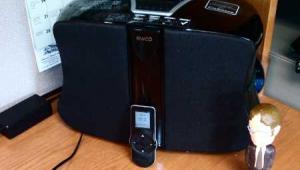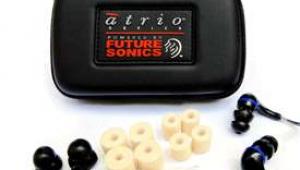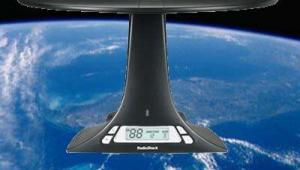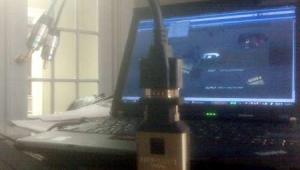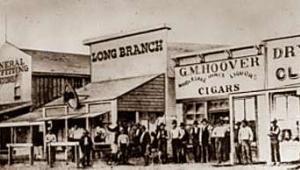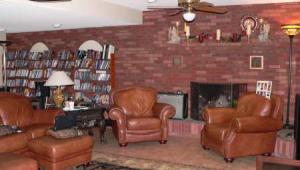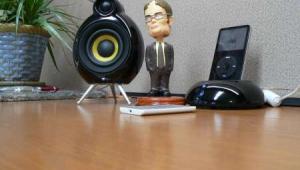What This Country Needs Is A Good Five Cent Photo Spectrometer

At least with fixed pixel LCD, DLP and LCos or SXRD displays, you can’t damage the television. Sure, you can mess up the color pretty good, but so can the factory, otherwise, we wouldn’t need the ISF (Imaging Science Foundation) to right what’s wrong. Besides, Sony throws in a reset button, so what’s the harm? Of course, if you have had your set ISF calibrated, that “reset” button can be a real liability. Always write down your calibrated settings and put them in a location where you are certain nothing is every thrown away. Like your wife’s purse.
But Mr. Fremer has a valid point. Gone unsupervised, so much picture altering power so readably accessible to the TV owner is like putting candy in trust to a child, or, in Mikey’s case, government in trust to a liberal. What’s the solution? Educate the consumer? I’ve met the consumer. He defies education. For the consumer, we’ve got the reset button.
But we can educate the enthusiast. Tens of thousands of copies of Video Essentials DVD sold to enthusiasts support that assertion. Enthusiasts thirst for more control over their video. That’s why they’re called enthusiasts.
While I haven’t tried it yet, any enthusiast with a direct view CRT, LCD or plasma panel, digital RPTV or even a digital front projector is going to wet themselves over the $299 Colorvision Spyder2Pro Studio 2.0 colorimeter. Hook it to your computer’s USB port and tweak yourself senseless. Heck, that’s less than it cost me to have Kevin Miller calibrate my Plasma!
Not that this doohickey is going to put the likes of ISF calibrators Jim Doolittle, Kevin Miller and John Gannon out of business. For one thing, they can set D65 with their twenty-times more expensive equipment and infinite knowledge of space and time, where as with the Spyder, you’re just going to get real close. Not to mention, every member of Team ISF that I’ve met is a good egg who doesn’t seem to mind being grilled for information while he attempts to complete the task for which you hired him so he can bugger off to his next job where, hopefully, he will be left alone.
Still, curiosity never killed Miss Muffet the cat.
Sometime in the mid Nineties, a well respected CRT projector company experimented with self-converging CRTs. I’m not sure how well the technology worked, but by the time CRT projectors dropped off the map, self-converging CRTs weren’t at the top of the, admittedly thin by that point, CRT food chain. Why didn’t it catch on? Well, for starters, you were dealing with analog circuitry. Think of analog video as the quintessential definition of the non-repeatable experiment.
My dad and two other guys hold the patent for the first Philco-Ford “Scan” car radios. That was in the early 1960s. For those of you who don’t recall, radios back then had tuning dials with rubber bands insides. The “scan” function activated a motor that turned the dial, and hence advanced the rubber band. My dad invented the part that electrically said to the rubber band, “okay, a little more, wait, back up, okay, stop!” The scan radio option never really caught on in that form, but I’ll wager it sold a heck of a lot better than Chrysler’s doomed from the start in-car record player. Self-converging technology for CRTs projectors were the analog video equivalent of rubber bands in radios. Try Ebay if this interests you.
So what happens next? Well, radios scan digitally now, and, with fixed pixel displays eliminating the need for convergence, we can move on to self-calibration. With the technology down to $300 and someone making money on it at that price, it won’t be long before manufacturers figure out how to burn the software onto a single chip and attach it to a low-rent suction cup sensor, and voila – a new ad campaign is born.I can hardly wait!

